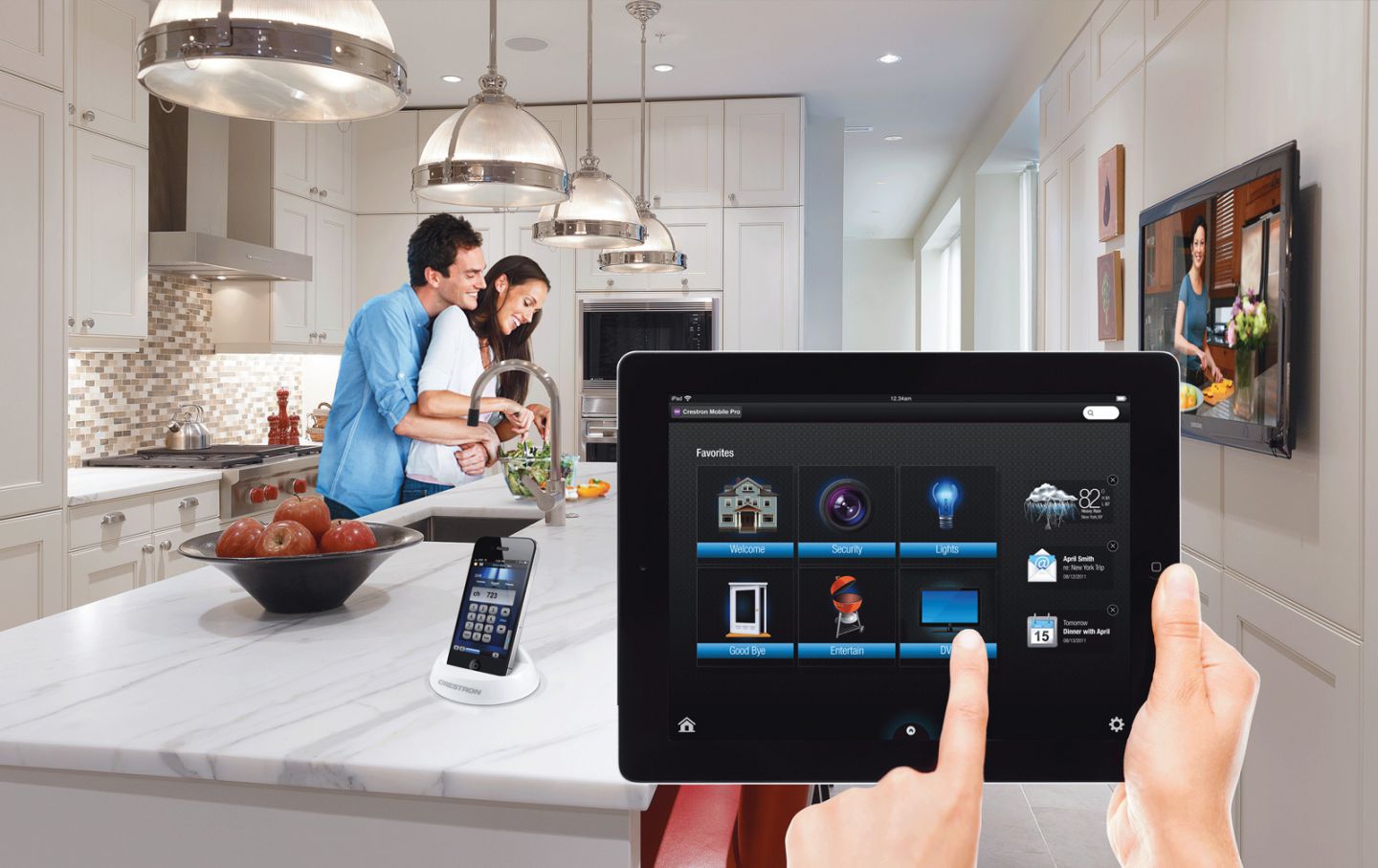Main features and variants of the “Smart Home” system»

Even a few decades ago, it was impossible to even imagine technologies that allow you to remotely monitor the functioning of all systems at home from a mobile phone. Today, almost everyone can install a Smart Home system. At the same time, there are many installation options and ways to make the house “smarter”.
Features of the Smart Home system»
Immediately it is worth noting that the system allows you not only to turn on and off the light, but also to carefully monitor the safety:
in the event of a fire situation, the system will send a notification to the appropriate service, as well as inform the owner of the room about the situation;
if there is a water leak in the house, the system will immediately send a notification to the phone, and also block the taps;
if an attempt is made to break in, the system sends a request to the police, to the security point and notifies the owner;
if any electrical appliances have not been switched off, the system will take the necessary safety measures.
Do not forget about climate management. “Smart home” is able to maintain an optimal level of temperature and humidity in the room. Since the system can be configured in detail, it is possible to set any parameters of the combined equipment.
Variants of the “Smart Home” system»
As mentioned above, different mounting methods are provided. You can install centralized and decentralized systems, as well as buy individual elements.
Centralized systems
Installation is possible only if the electrical wiring is laid in advance. Of course, there is a wireless connection option, but it will cost several times more expensive. The system is controlled from the main remote control (you can also use the smartphone app). The disadvantages include the fact that when the central module fails, it is impossible to use individual elements.
Decentralized systems
This version is very similar to the one described above, given that the main unit’s microprocessor has independent memory that allows you to protect yourself from potential attempts to hack the system. The elements will continue to work even if some individual block breaks. The disadvantage is that the system must be installed in the house or apartment initially (when building the building).
Installation of individual elements
The owner of a house or apartment can buy the elements of a smart home separately. You will only need to purchase the main module, which will be connected to the devices via Wi-Fi. A special application installed on your mobile phone will allow you to manage all the processes.
Since the individual modules run on batteries, you will have to constantly monitor the charge level. It is also important to note that in the event of a danger or malfunction, the notification is not sent to the state services and security points.
To sum up, only individual devices are connected and mounted independently. To install a centralized and decentralized “Smart Home”, you need to contact the relevant companies. Full equipment will cost several thousand dollars or euros.
